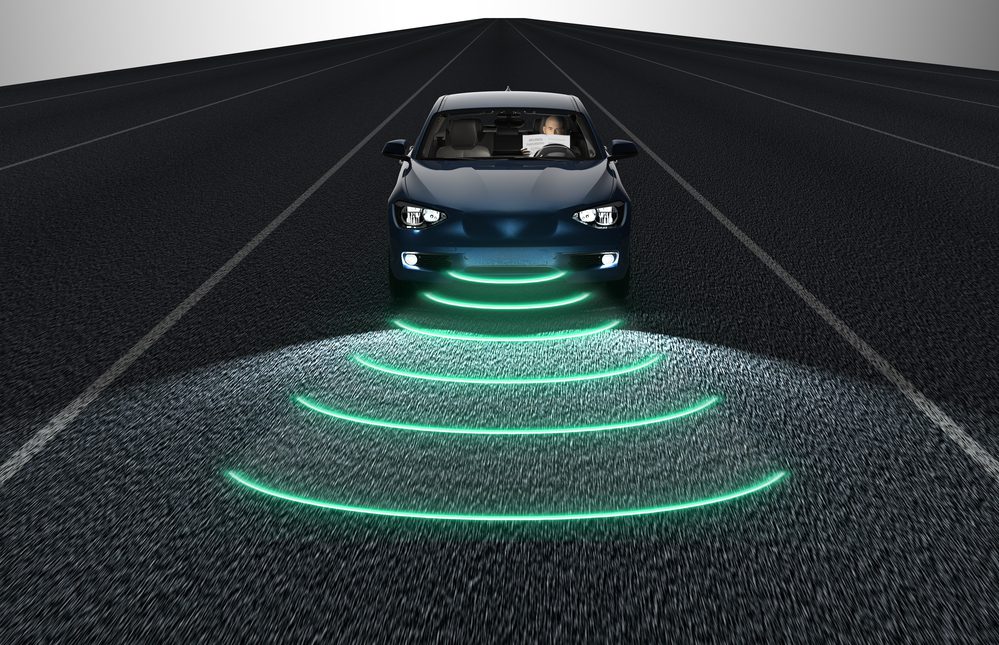Automatic Emergency Braking Doesn’t Always Prevent Pedestrian Collisions

,
Robert T. Lynch, PE, Principal Collision Reconstruction Engineer
Automatic Emergency Braking (AEB) is generally designed to automatically apply the brakes when a rear-end vehicle collision is imminent. This technology has been shown to mitigate rear-end impacts; however, this technology is not always capable of detecting pedestrians crossing in front of a vehicle.
AAA has conducted testing of vehicles equipped with AEB and found that in 60% of the tests, the vehicle failed to stop, from an initial speed of 20 miles per hour, before striking the pedestrian dummy. The testing was performed during daylight hours with adult pedestrian dummies. The tested vehicle performed worse at higher speeds, under dark conditions, and with child dummies.
A more positive interpretation of the data indicates that the AEB systems prevented 4 in 10 pedestrian collisions, while reducing the impact speed in other tests. The findings highlight the need for a more comprehensive solution to preventing pedestrian collisions, but the benefits of the technology cannot be denied. Automakers will continue to develop their technologies to minimize false positives while maximizing their effectiveness at preventing pedestrian collisions, and not just rear-end fender benders.
Link: https://www.autonews.com/regulation-safety
Robert T. Lynch, PE, Principal Collision Reconstruction Engineer with DJS Associates, Inc., can be reached via email at experts@forensicDJS.com or via phone at 215-659-2010.
Tags: Collision Reconstruction | Robert T. Lynch


